According to the National Institute for Occupational Safety and Health (NIOSH), incidents involving elevators and escalators kill about 30 and seriously injure about 17,000 people each year in the United States. Of these numbers, elevators cause almost 90% of the deaths and 60% of the serious injuries.
Elevators are complex machinery with many moving parts which must be maintained with regularity. In fact, most building codes and local authorities require that elevators undergo a yearly inspection to ensure they are safe to operate. That elevator inspection certificate is required to be current and posted in a visible area on the inside of the elevator for passengers to review.
Causes of death and injury related to elevators and escalators are many ranging from falls (down the shaft), caught in between, struck by, collapse and others. Many fatal falls into elevator shafts occurred when an elevator call button was pushed and the elevator doors opened - - even though the elevator car was not at that floor. Elevator interlocks are intended to prevent such occurrences, but they are not always properly maintained or work correctly.
Improper elevator controller wiring is another common problem. Deaths have occurred when improper elevator controller wiring causes the elevator to continue to move when a person or object gets caught between the hoistway and the elevator car. With proper controller wiring, the elevator car should stop when a person or object is between these two areas.
Malfunctioning escalators were also the cause of death or injuries. The Consumer Product Safety Commission (CPSC), estimated that there were 7,300 escalator accidents in 1994. The CPSC estimated that 75% of the escalator injuries resulted from falls, 20% from entrapment at the bottom or top of an escalator or between a moving stair and sidewall, and 5% to other.
Several instances of multiple injuries were caused when an escalator suddenly sped up or reversed its direction of movement. Escalators also caused many serious injuries when clothing, shoes or shoe laces get caught in the moving tread causing the person to fall or have their foot trapped. The gap between moving stairs and sidewalls raises the question of whether escalators are adjusted or designed properly.
When it comes to elevator maintenance only 25 states (Louisiana is not one of them) presently require that elevator mechanics, inspectors, and contractors be licensed. Licensing is a common requirement in professions that affect worker safety and health. Licensing usually involves both education and documented work experience requirements or passing a written examination.
Organizations such as the American Society of Mechanical Engineers (ASME), have set standards for the construction and maintenance of elevators and escalators and for their safe operation.
